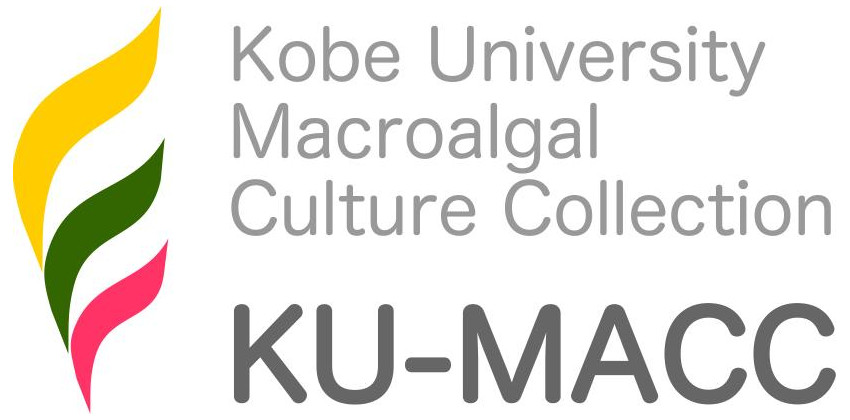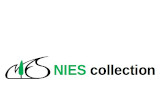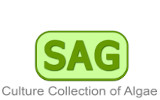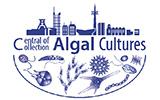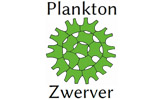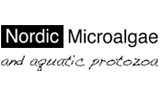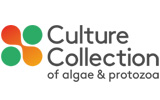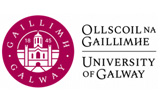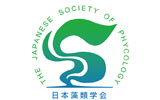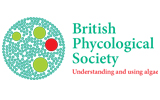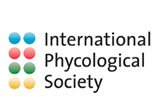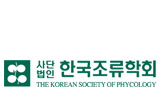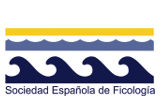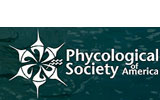Ducellieria Teilling, 1957
Lectotype species: Ducellieria chodatii (Ducellier) Teiling
Publication details: Teilling, 1957: 209
Original publication: Teiling, E. (1957). Some little known Swedish phytoplankters. Svensk Botanisk Tidskrift 51: 207-222.
Type designated in: Loeblich, A.R. (1967). Notes on the divisions Chlorophyta, Chrysophyta, Pyrrophyta and Xanthophyta and the family Paramastigaceae. Taxon 16(3): 230-236.
The most recent alteration to this page was made on 2025-03-02 by E.A. Molinari Novoa.
Taxonomic status: This name is of an entity that is currently accepted taxonomically.
Gender: This genus name is currently treated as feminine.
Most recent taxonomic treatment adopted: Buaya, A.T. & Thines, M. (2023). Ducellieriales ord. nov. and evidence for a novel clade of endobiotic pollen-infecting “lagenidiaceous” Peronosporomycetes. Fungal Systematics and Evolution 12: 247–254.
Comments: Reclassified as an Oomycete (Hesse et al., 1989). H. R. Preisig
Taxonomic note
"The genus Ducellieria (Ducellieriaceae) contains three species (D. chodatii, D. tricuspidata, D. corcontica), and a single variety (D. chodatii var. armata) of obligate endobiotic pollen parasites. These organisms have been first assigned to the green alga genus Coelastrum, as they form very similar spherical structures, but the observation of heterokont zoospores has led to their reclassification to the phylum Oomycota. However, despite their widespread nature, these organisms are only known from their descriptive morphology, and life cycle traits of some species still remain incompletely known. Only the type species, D. chodatii, has been rediscovered several times, but the phylogeny of the genus remains unresolved, since none of its species has been studied for their molecular phylogeny. At present the genus is still included in some algal databases. To clarify the evolutionary affiliation of Ducellieria, efforts were undertaken to isolate D. chodatii from pollen grains, to infer its phylogenetic placement based on nrSSU sequences. By targeted isolation, the pollen endoparasitoid was rediscovered from three lakes in Germany (Mummelsee, Okertalsperre, Knappensee). Apart from the typical coelastrum-like spheroids, oomycetes sporulating directly from pollen grains in a lagenidium-like fashion were observed, and molecular sequences of both types of oomycetes were obtained. Phylogenetic reconstruction revealed that coelastrum-like and lagenidium-like forms are unrelated, with the former embedded within the deep branching early-diverging lineages, and the later stage forming a distinct clade in Peronosporales. Consequently, the life cycle of D. chodatii needs careful revision using single-spore isolates of the species, to infer if previous lifecycle reconstructions that involve various different thallus types are stages of a single species or potentially of several ones." (Buaya & Thines 2023). - (23 December 2023) - M.D. Guiry
Verification of Data
Users are responsible for verifying the accuracy of information before use, as noted on the website Content page.
Linking to this page: https://www.algaebase.org/search/genus/detail/?genus_id=46508
Citing AlgaeBase
Cite this record as:
E.A. Molinari Novoa in Guiry, M.D. & Guiry, G.M. 02 March 2025. AlgaeBase. World-wide electronic publication, National University of Ireland, Galway. https://www.algaebase.org; searched on 01 June 2025
 Request PDF
Request PDF